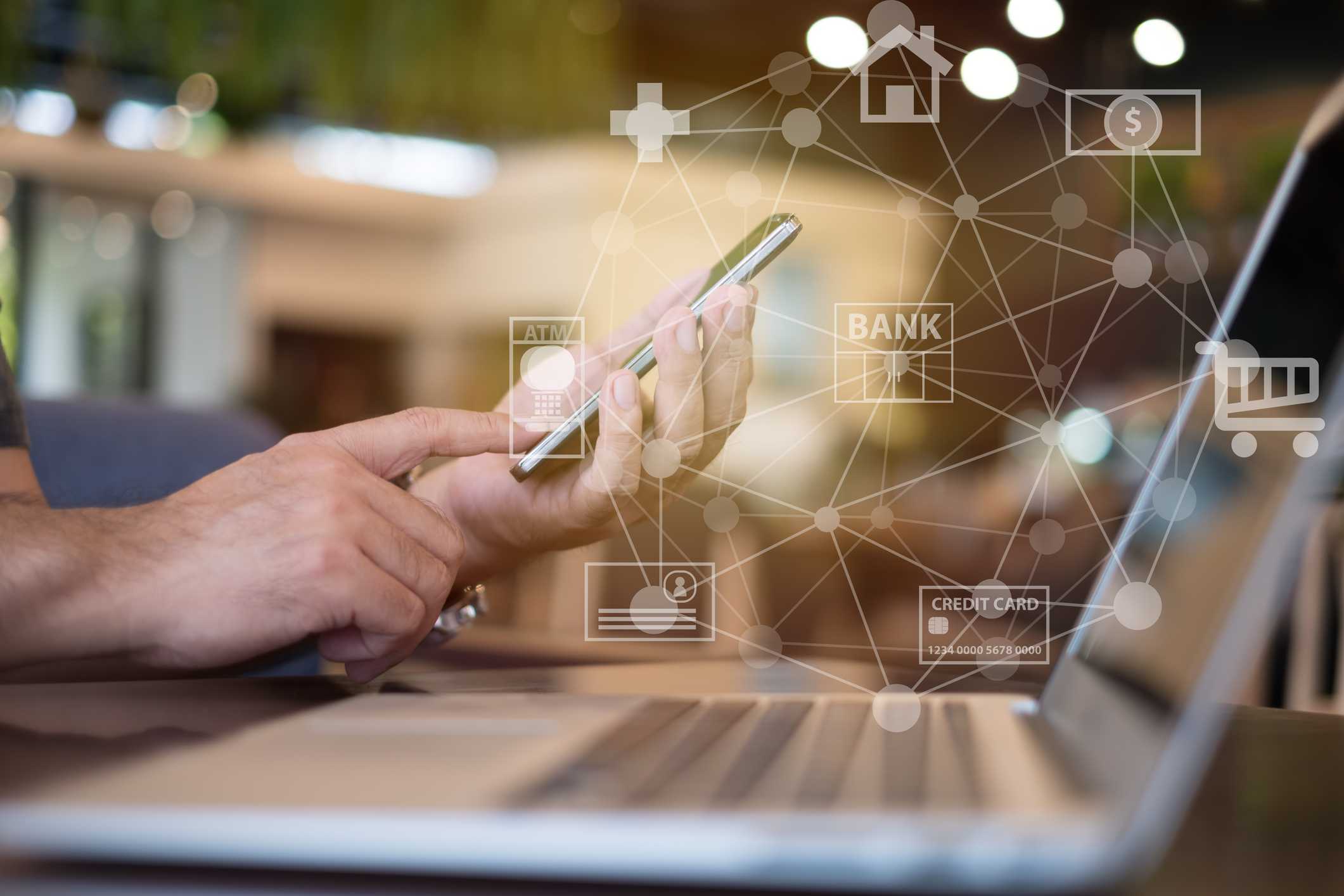Safeguarding Your Domain: A Guide to Robust Email

 By
Jason Miller
·
3 minute read
By
Jason Miller
·
3 minute read
Safeguarding Your Domain: A Guide to Robust Email Authentication
Cybercriminals continue to exploit email as a primary attack vector, using spoofed addresses and impersonation tactics to deceive users and infiltrate organizations. If your domain isn’t protected, it could be weaponized to deliver phishing emails, spread malware, or steal sensitive data. Implementing strong email authentication security not only defends your brand but also builds trust with your customers and partners. This guide walks you through how to secure your domain with proven authentication protocols.
Why Email Authentication Matters
Email spoofing is simple for attackers and dangerously effective. Without proper authentication, your domain could be used to send fraudulent emails that appear legitimate. This can lead to reputation damage, regulatory penalties, and financial loss. Email authentication helps verify sender identity, reduce spam, and prevent unauthorized use of your domain in phishing campaigns.
Did You Know?
Did you know that 91% of all cyberattacks begin with email—and most spoofed emails originate from domains lacking proper authentication?
Core Components of Email Authentication Security
1. SPF (Sender Policy Framework)
SPF defines which IP addresses or servers are allowed to send emails on behalf of your domain. Receiving mail servers check this record to verify that the email is coming from an approved source.
2. DKIM (DomainKeys Identified Mail)
DKIM adds a digital signature to your emails, ensuring that the message hasn’t been altered during transit. This signature is verified by the recipient's mail server, confirming its integrity and authenticity.
3. DMARC (Domain-based Message Authentication, Reporting, and Conformance)
DMARC builds on SPF and DKIM by enforcing a policy for handling unauthenticated emails. It also provides detailed reports so you can monitor email activity and spot misuse of your domain.
Benefits of Strong Email Authentication Security
1. Protection Against Domain Spoofing
Authentication protocols ensure that only trusted servers can send email from your domain, making it harder for attackers to impersonate you.
2. Improved Email Deliverability
Authenticated emails are less likely to be marked as spam, helping ensure that your legitimate communications reach inboxes consistently.
3. Enhanced Brand Trust
Customers and partners are more likely to engage with your emails when they know your domain is secure and protected from misuse.
4. Visibility into Email Abuse
DMARC reporting gives you insight into unauthorized attempts to use your domain—helping you respond quickly and adjust your policies accordingly.
5. Better Regulatory Compliance
Strong authentication helps meet compliance requirements like GDPR, HIPAA, and industry-specific data protection regulations that mandate secure communication practices.
Steps to Strengthen Your Domain with Email Authentication
1. Assess Current Email Practices
Start by identifying all systems, services, and third-party platforms that send email using your domain. This ensures you don’t accidentally block legitimate senders.
2. Implement SPF
Publish an SPF record in your DNS settings to list the authorized IP addresses allowed to send email from your domain.
3. Set Up DKIM
Configure your email server to sign outgoing messages with DKIM. Then, publish your public key in your DNS so recipients can verify it.
4. Configure and Monitor DMARC
Create a DMARC record in your DNS that specifies how email providers should handle unauthenticated emails. Start with a monitoring policy before enforcing stricter actions like quarantine or reject.
5. Review Reports and Optimize
Use DMARC reports to monitor authentication performance and detect any unauthorized use of your domain. Adjust SPF or DKIM settings as needed to improve coverage.
How BitLyft AIR® Strengthens Email Authentication Security
BitLyft AIR® provides end-to-end email protection that complements your authentication setup with AI-driven threat detection, phishing prevention, and real-time response capabilities. By integrating email authentication security into a broader cybersecurity framework, BitLyft AIR® helps you protect your domain, data, and users from evolving email threats. Explore more at BitLyft Security Automation.
FAQs
What is email authentication security?
It’s the use of standards like SPF, DKIM, and DMARC to verify the legitimacy of emails sent from your domain and prevent spoofing or impersonation.
Can email authentication stop all phishing emails?
No. While it prevents domain spoofing, phishing emails from other domains may still reach inboxes. It should be used alongside advanced email security tools.
How long does it take to set up SPF, DKIM, and DMARC?
Most organizations can implement all three protocols within a few hours to a few days, depending on email infrastructure and provider settings.
Does BitLyft AIR® help with DMARC monitoring?
Yes. BitLyft AIR® includes tools for monitoring DMARC reports and detecting anomalies in your email traffic.
Will email authentication affect my ability to send marketing emails?
It will likely improve deliverability, as authenticated emails are more trusted by spam filters and inbox providers.